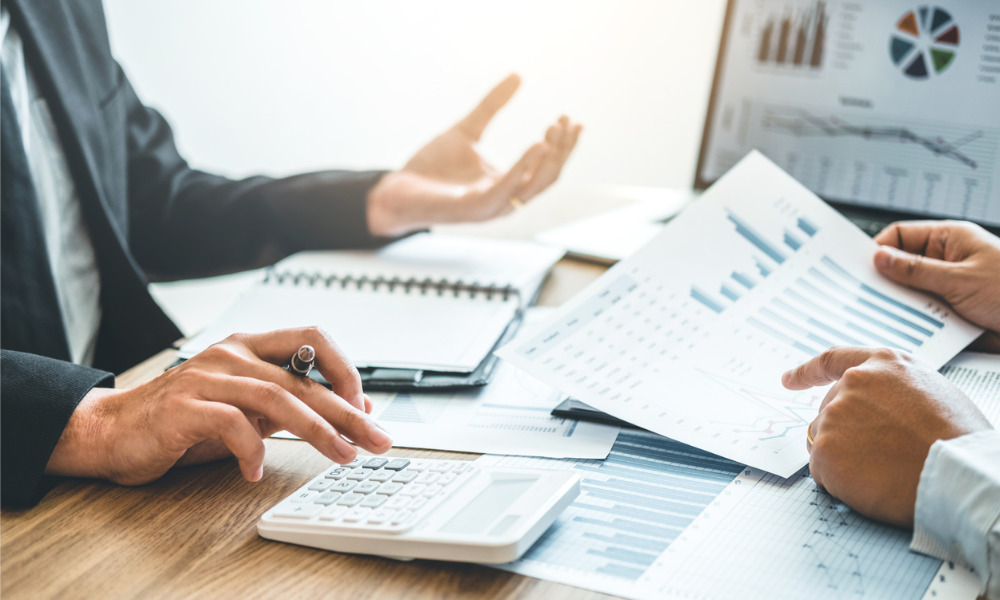In times of trouble, the math underlying companies' dividend payments can be stressed to the point of collapse

While investors seeking to build wealth or collect income may wish to include a dose of dividend exposure to their portfolios, the challenges brought on by the coronavirus should give them plenty of reason to reconsider the approach.
Citing data from Janus Henderson’s Global Dividend Index, an article from the Wall Street Journal said more than half of member companies cancelled their dividends in the second quarter, with an additional 25% reducing their payouts. The best-case scenario forecast by the firm sees dividend payouts falling by 19% in 2020, the worst outcome since the financial crisis.
Because of cancelled or reduced payouts, dividend stocks have shown greater vulnerability to selloffs this year. Such stocks have also trailed the broader market, the Journal added, with a 4.6% year-to-date decline for the S&P Dividend Aristocrats Index compared to the 4.1% advance in the S&P 500.
“Companies typically pay out their dividends quarterly, so there will be a lag between any cuts or suspensions and reinstatements,” the report said, noting that a decision reversing an earlier dividend cut or suspension now would likely not produce an actual payout for shareholders until the fourth quarter or early next year.
Even the companies that have maintained their dividends aren’t necessarily strong. To support those payouts, particularly during the drawdown in March and April, some have drawn from their cash on hand or have taken on more debt.
“Financing doesn’t matter until it does,” Tony DeSpirito, portfolio manager of BlackRock Dividend Equity Fund, told the Journal. He said that companies that pile on debt during a drawdown typically come out the other side weaker. A company whose revenue doesn’t grow afterward, he added, may face additional complications further down the road.
Companies that have benefited from government financing may also find their options to return value to shareholders restricted. Unless their revenue rebounds to the point that it could support dividend payments again, they won’t be able to raise dividends or do stock buybacks, as both governments and lenders are likely to add strings to prohibit such uses for the money they provide.
“Even in cases where revenue rebounds, provisions in loan agreements may mean that companies will have to keep dividends flat until loans are fully repaid,” the Journal said.
And while dividend-paying companies are typically mature players with limited competition and consistent revenue, they can still come under pressure in times of uncertainty. That came to pass earlier this year for some of those in pandemic-hit industries, including energy companies and airlines.
“You have to consider the sustainability of the dividend,” said Andrew Mies, founder and chief investment officer at 6 Meridian. “If a company is paying $1 and making $4, that’s probably pretty sustainable. If a company is paying $1 and making $2, that’s a problem.”
But on the flip side of things, investors may also consider snapping up shares of beaten-down companies that they reasonably expect to recover and reinstate dividend payments. And for some issuers that have managed to keep up their dividends without having to carry additional debt, the pandemic has likely served as a quality assurance test for those who want durable and robust payouts.



